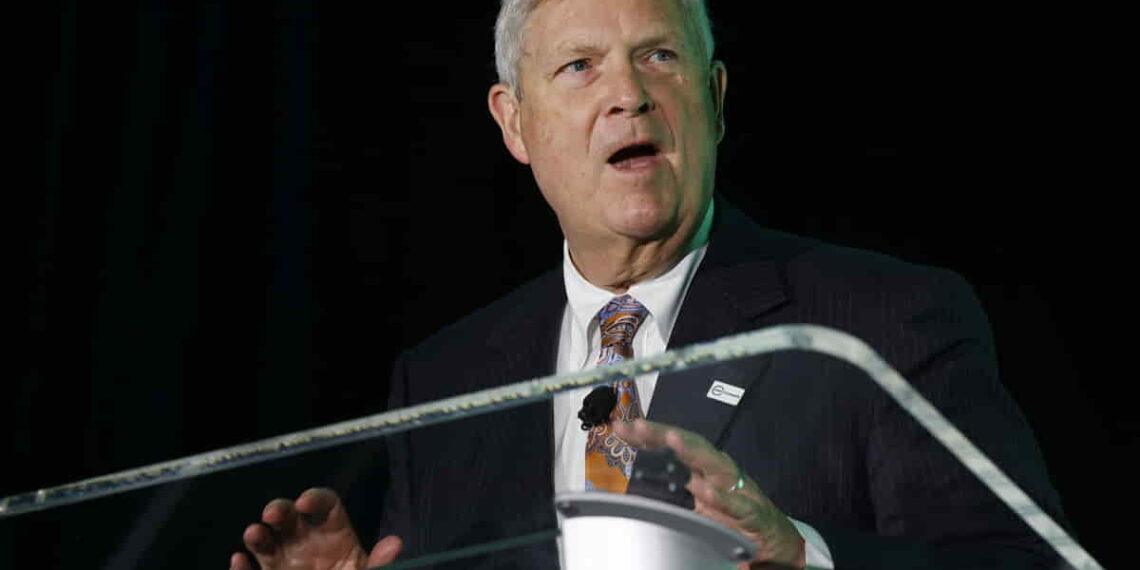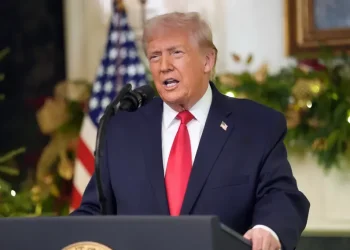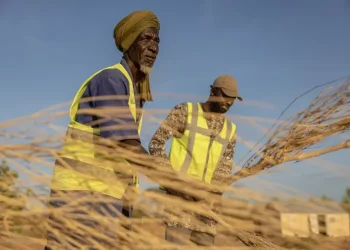Tom Vilsack: Why Democrats Struggle with Rural America
Tom Vilsack, the longest-serving Agriculture Secretary in U.S. history, has strong opinions about Democrats and rural America — and he’s uniquely qualified to share them. With eight years under President Obama and four more under President Biden, plus time as Iowa governor, state senator, and mayor, Vilsack has been a central figure in rural policymaking.
Despite significant investments in agriculture and rural innovation, Vilsack is frustrated by the lack of recognition from rural communities. Shortly after the 2024 election, he invited me to discuss why Democrats aren’t resonating with rural voters and what could be done to change that.
The Rural Challenge
Vilsack believes Democrats focus too much on programs and not enough on vision. Reflecting on his 1998 Iowa gubernatorial race, he credited his victory to a unifying vision: making Iowa the “food capital of the world.” Voters responded to leadership with clear direction, even if they didn’t fully grasp the specifics.
“The problem,” he explained, “is that we haven’t explained to rural folks what’s happened to them and why.” He traced rural America’s struggles back to the 1970s when the Nixon administration shifted agriculture to a market-based system. The result? A consolidation of farms, fewer farm families, and shrinking rural communities. “We’re addressing it now,” he emphasized, “but rebuilding after 50 years of decline takes time.”
What’s Been Done — And What’s Missing
Under the Biden administration, Vilsack’s USDA made over 10,000 investments to support small and mid-sized farms, promote climate-smart agriculture, and diversify revenue streams. These initiatives aim to move beyond the “get big or get out” mentality that has dominated agriculture.
For example, the USDA introduced new climate-smart commodities, incentivized sustainable farming practices, and helped farmers convert agricultural waste into valuable resources. These changes are creating economic opportunities, but Vilsack admits that the message isn’t reaching voters.
“Not enough Democrats spend time in rural places,” he said. “Presence matters. You have to be there, promoting the vision and explaining how these policies improve lives.”
Media and Messaging Failures
Vilsack also pointed to the decline of local and regional media as a major barrier to reaching rural voters. “The Des Moines Register is a shadow of its former self,” he said, criticizing national outlets for ignoring the USDA’s work. “This department impacts 15% of the population and 75% of the land mass, yet it doesn’t get the attention it deserves.”
The lack of cultural awareness among urban politicians and journalists further widens the divide. Rural voters, Vilsack argued, feel overlooked and unappreciated, compounding their frustration with Democrats.
The Way Forward
To win back rural America, Vilsack urged Democrats to adopt a clear economic message that acknowledges the struggles of rural communities and offers tangible solutions. He stressed the need for long-term engagement, not just during election seasons.
“Since 1981, we’ve lost nearly 545,000 farms — one in six. If we don’t address this, rural America will continue to shrink, and so will its contributions to our military, economy, and national identity,” he warned.
Vilsack remains hopeful that the investments made under the Biden administration will yield results in the years ahead. But success depends on whether Democrats can effectively communicate their vision and demonstrate that rural America is central to their priorities.
“Rural folks are incredible,” Vilsack concluded. “They deserve our respect, attention, and a seat at the table.”
This article was rewritten by JournosNews.com based on verified reporting from trusted sources. The content has been independently reviewed, fact-checked, and edited for accuracy, neutrality, tone, and global readability in accordance with Google News and AdSense standards.
All opinions, quotes, or statements from contributors, experts, or sourced organizations do not necessarily reflect the views of JournosNews.com. JournosNews.com maintains full editorial independence from any external funders, sponsors, or organizations.
Stay informed with JournosNews.com — your trusted source for verified global reporting and in-depth analysis. Follow us on Google News, BlueSky, and X for real-time updates.














